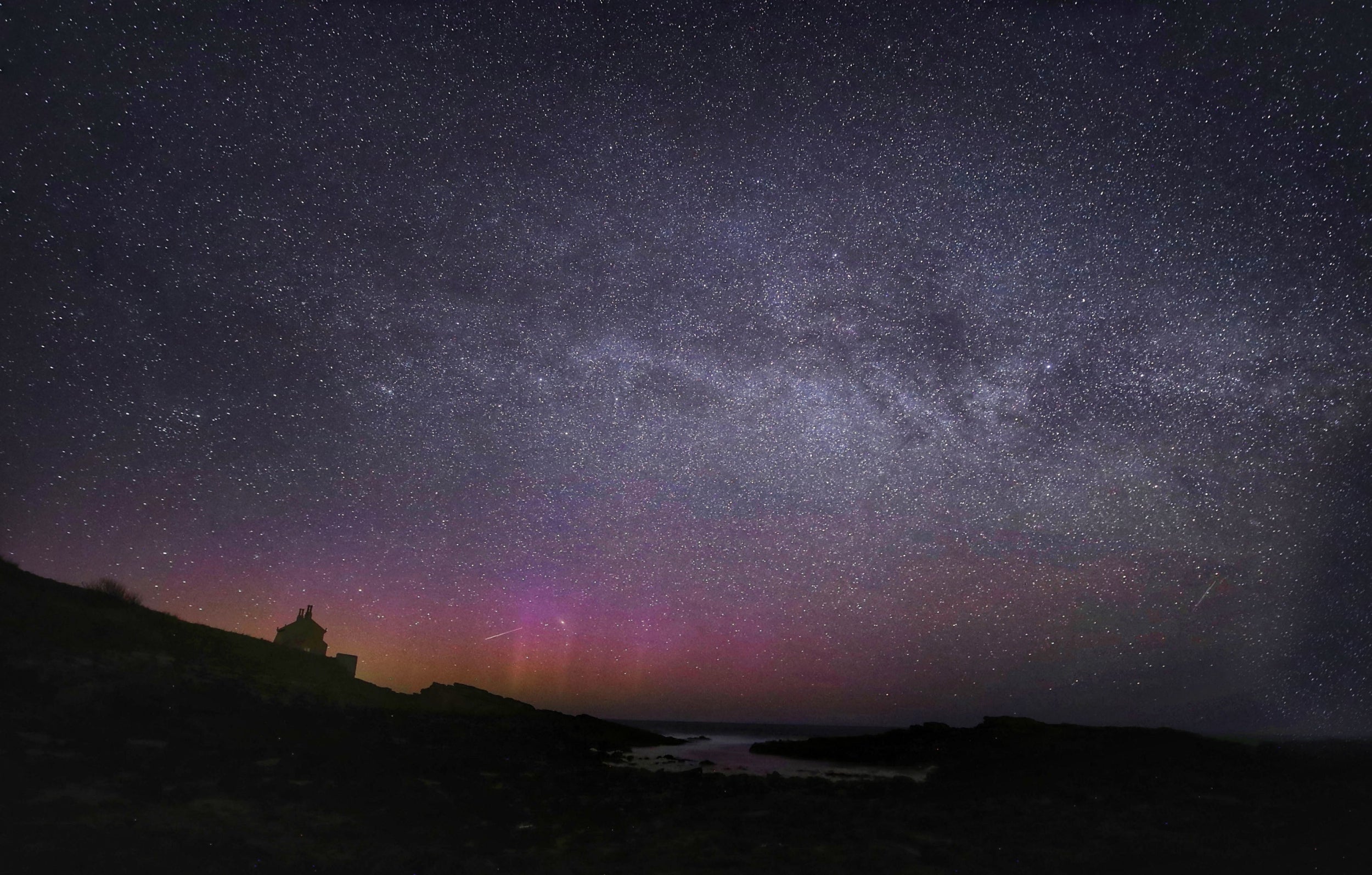It’s time to prepare for the annual Lyrid meteor shower, spring's first celestial display of shooting stars.
While past showers have surprised viewers with up to 100 meteors an hour, this year's peak is expected to be more modest.
About six meteors per hour will be visible under clear, dark skies, according to Thaddeus LaCoursiere, planetarium programme coordinator at the Bell Museum in St. Paul, Minnesota.
The 40 per cent full waning crescent moon should not significantly impede visibility, meaning those away from city lights should have a good chance to catch the shower.
Skywatchers can enjoy the celestial sight from April 16-25, with the peak expected on Tuesday, April 22.
Here is what to know about the Lyrids and other meteor showers.

What is a meteor shower?
As the Earth orbits the sun, several times a year it passes through debris left by passing comets and sometimes asteroids.
The source of the Lyrids is debris from the comet Thatcher.
When these fast-moving space rocks enter Earth’s atmosphere, the debris encounters new resistance from the air and becomes very hot, eventually burning up.
Sometimes the surrounding air glows briefly, leaving behind a fiery tail – the end of a “shooting star.”
You don’t need special equipment to see the various meteor showers that flash across annually, just a spot away from city lights.
The Lyrids are one of the world’s oldest known meteor showers, with the first observations recorded about 2,700 years ago.
They are named after the constellation Lyra, also known as the lyre or harp.

How to view a meteor shower
The best time to watch a meteor shower is in the early pre-dawn hours when the moon is low in the sky.
Competing sources of light – such as a bright moon or artificial glow – are the main obstacles to a clear view of meteors.
Cloudless nights when the moon wanes smallest provide the most optimal viewing opportunities.
And you should keep looking up, not down. Your eyes will be better adapted to spot shooting stars if you aren’t checking your phone.
When is the next meteor shower?
The next major meteor shower, the Eta Aquarids, peaks in early May.
We might be on the cusp of finding alien life
There could be more than 10 billion other exoplanets that support life
Minerals on Mars signal a watery and ‘possibly life-supporting’ past
The new space dark matter that could solve a mystery about the Milky Way
Scientists find Star Wars-like planet with a highly unusual orbit
Scientists find ‘strongest evidence yet’ of alien life on distant planet







